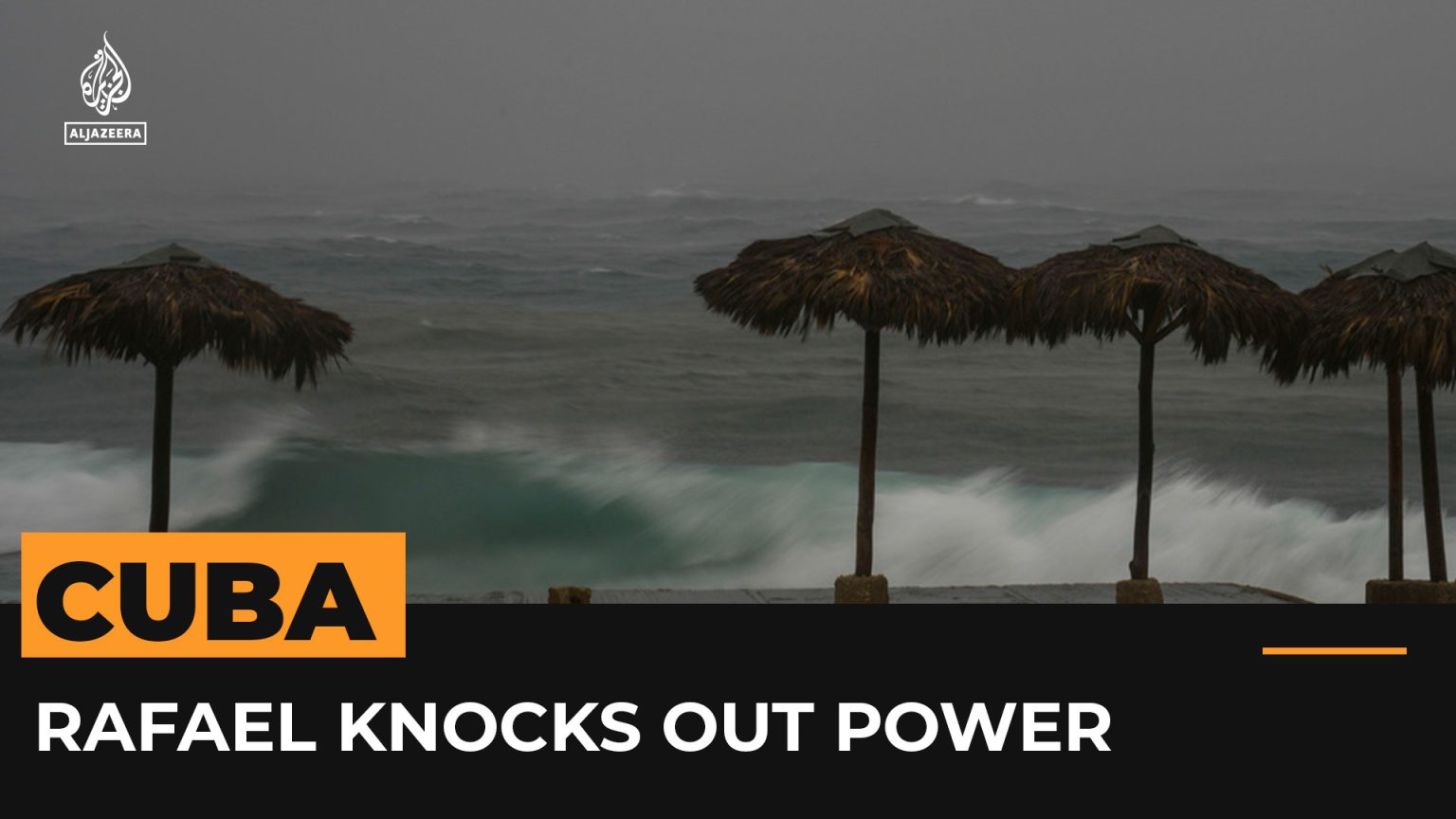Hurricane Rafael hit southwest Cuba as a Category 3 storm with winds of up to 115 mph, causing widespread damage and knocking out the country’s electrical grid. The National Hurricane Center issued warnings of a “life-threatening storm surge, damaging winds, and flash floods” across western Cuba. The impact of the storm was felt throughout the region, with residents urged to evacuate and seek shelter as the dangerous conditions persisted.
The aftermath of Hurricane Rafael left a trail of destruction in its wake, with reports of flooded streets, damaged buildings, and downed power lines. The Cuban government mobilized emergency response teams to assess the damage and provide assistance to those affected by the storm. The country’s infrastructure took a severe hit, with widespread power outages and disruptions to essential services making recovery efforts challenging.
Despite the challenges faced by Cuba in the aftermath of Hurricane Rafael, communities came together to support each other and begin the process of rebuilding. Aid organizations and government agencies worked tirelessly to provide relief to those in need, distributing food, water, and medical supplies to affected areas. The resilience and unity displayed by the Cuban people in the face of adversity were commended by observers both within the country and around the world.
The devastation caused by Hurricane Rafael served as a stark reminder of the destructive power of such natural disasters and the importance of preparation and resilience in the face of these events. Climate change has been identified as a contributing factor to the increased frequency and intensity of hurricanes and other extreme weather events, highlighting the need for proactive measures to mitigate their impact. The Cuban government and international partners have been urged to invest in improved infrastructure, disaster preparedness, and community resilience initiatives to better cope with future storms.
As the recovery efforts continued in the aftermath of Hurricane Rafael, attention turned to long-term strategies for rebuilding and strengthening the affected communities. Reconstruction efforts focused on repairing damaged infrastructure, restoring essential services, and implementing measures to reduce the risk of future disasters. The Cuban government worked with international partners to secure funding and resources for these initiatives, emphasizing the importance of collaboration and solidarity in addressing the challenges posed by natural disasters.
The experience of Hurricane Rafael left a lasting impact on Cuba, highlighting the need for ongoing vigilance and preparedness in the face of future storms. The country’s response to the disaster demonstrated the resilience and determination of its people in overcoming adversity and rebuilding their communities. In the aftermath of the storm, lessons were learned and strategies were developed to enhance disaster management and response capabilities, ensuring that Cuba would be better equipped to face the challenges of future hurricanes and other natural disasters.













